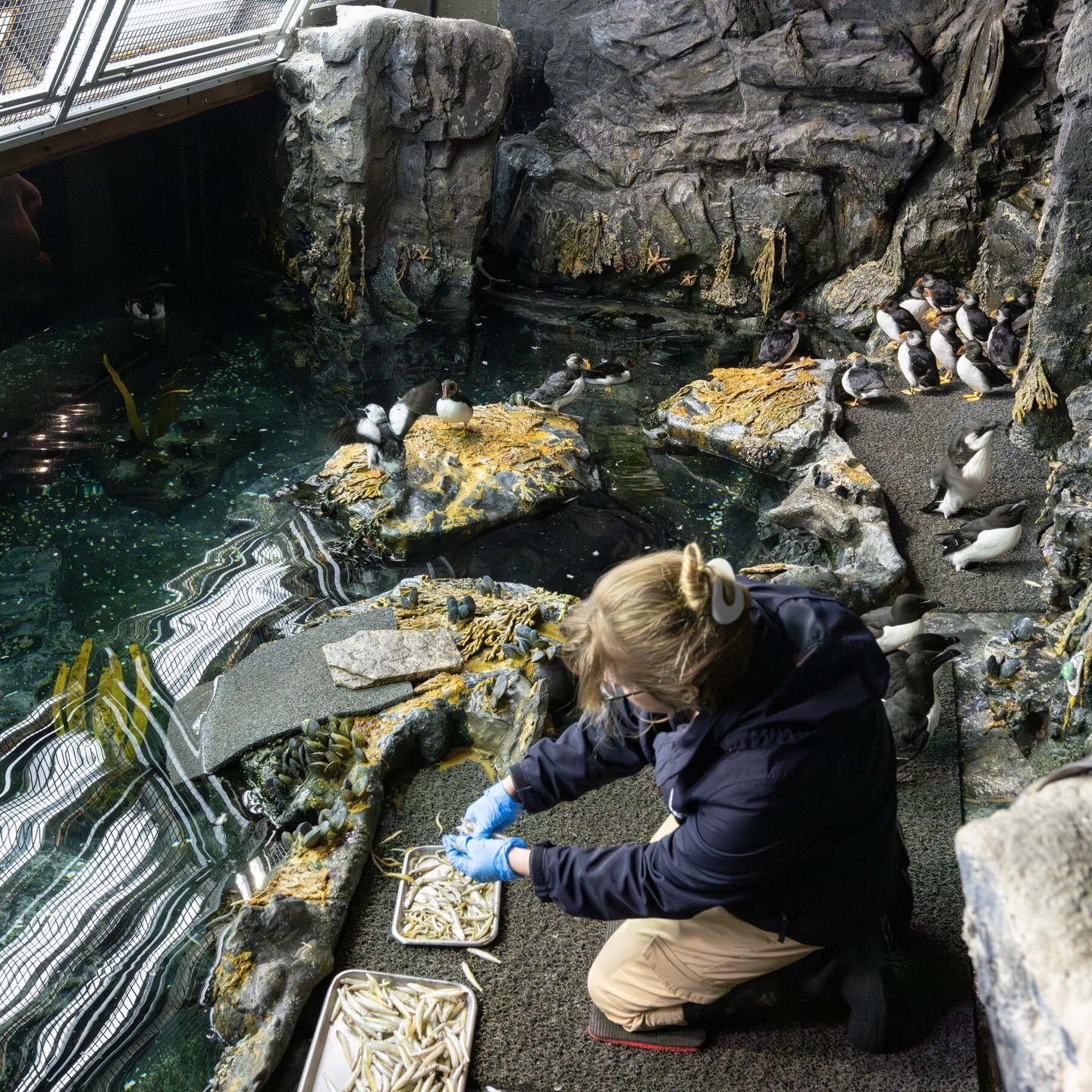- The Importance of Mimicking Seasonal Day Cycles in Zoological Exhibits
- The Sea Cliffs Exhibit: A Technological and Environmental Overview
- Impacts of Artificial Seasonal Cycles on Marine Life Wellbeing
- Visitor Experience: Observing Seasonal Changes in the Hall
- The Role of Zoological Exhibits in Wildlife Conservation and Education
Zoological exhibits around the world exert effort to replicate the natural conditions of their animal inhabitants. A critical element in achieving this is simulating natural light cycles, which vary significantly across seasons. Seasonal day cycles play a fundamental role in the physiological and behavioral patterns of wildlife. Changes in daylight duration directly impact feeding, reproduction, and migration. Zoos, therefore, aim to re-create these cycles within exhibits, bridging the gap between nature and captivity.
Our Sea Cliffs exhibit invites you to a display of ingenuity, integrating environmental control technology to simulate the seasonal rhythms of the North Atlantic and coastal Maine. Here, precise adjustments are made to your surrounding lighting conditions, providing marine life a touch of nature’s authentic ambiance. By gradually adjusting the lighting, the exhibit closely mirrors nature’s real-time transitions. These attempts are not just technological achievements but are pivotal for maintaining natural behavior in marine species. This endeavor is vital for conservation efforts as it provides a controlled environment for species to exhibit natural behaviors, thus aiding in better understanding and preservation.
Initially, recreating seasonal lighting cycles entails a complex understanding of each species’ specific needs within the exhibit. Species native to the North Atlantic and coastal Maine experience drastic seasonal changes. For them, daylight provides cues essential for survival and well-being. The Sea Cliffs exhibit uses advanced lighting systems that shift in intensity and duration, synchronized with the gradual lengthening and shortening of days in these regions. The transition from winter to summer daylight, and vice versa, is gradual and reflects the subtle nuances found in nature. This strategy maintains the ecological balance within the exhibit, ensuring it serves as a genuine habitat mimicry.
The impact of these artificial seasonal cycles on marine life is multifaceted. In an accurately synchronized environment, marine organisms display typical behaviors appropriate to their biological calendars. For fish, these changes in lighting trigger breeding cycles, feeding schedules, and territorial behaviors. For plants and algae, it influences growth patterns, photosynthetic activity, and dormancy cycles. The development of such a biodiverse and vibrant environment hints at the healthy interspecies relationships that thrive under such conditions.
While visiting the Sea Cliffs exhibit, guests can witness firsthand the effect of seasonal variations. During the spring, increased daylight hours bring a livelier atmosphere as fish exhibit vibrant breeding colors and more dynamic interactions. In contrast, a subdued winter ambiance settles over the exhibit with stark lighting that mimics shorter days, promoting a period of rest and reduced activity among aquatic residents. Guiding visitors through these observable changes embeds a sense of seasonal progression within the visitor experience, making the educational journey immersive and tangible.
Beyond recreating habitats, zoological exhibits such as the Sea Cliffs contribute significantly to wildlife conservation and education. By maintaining near-natural environments, these facilities enhance the understanding of species’ natural tendencies. Data gathered from observing species responding to simulated seasonal changes provide critical insights into their life cycles and habitat needs, fostering improved conservation strategies. Furthermore, interacting with these dynamic displays allows the public to appreciate the intricate relationships within ecosystems and the pressing need for their protection.
In conclusion, the symbiotic relationship between technology and nature as demonstrated in the Sea Cliffs exhibit offers a fascinating glimpse into the detailed efforts required to uphold ecological authenticity within a controlled setting. By mimicking the seasonal day cycles of their natural habitats, the exhibit not only enhances the wellbeing of its inhabitants but also encourages conservation-minded thinking amongst its visitors. This holistic approach ensures a sustainable, educational experience that bridges the knowledge gap between ecological complexities and public understanding. These endeavors highlight the vital role of zoological settings in promoting wildlife conservation and education, underscoring the importance of continuous innovation and dedication in their operations.
*****
Source Description
Did you know the lighting in our Sea Cliffs exhibit re-creates the seasonal day cycles of the North Atlantic and coastal Maine?
Our experts alter the Sea Cliffs’ environment throughout the year by gradually decreasing or increasing lighting to mimic the conditions found in their natural habitats.
Learn more about seasonal changes you can spot during your next visit. Link in our bio!


